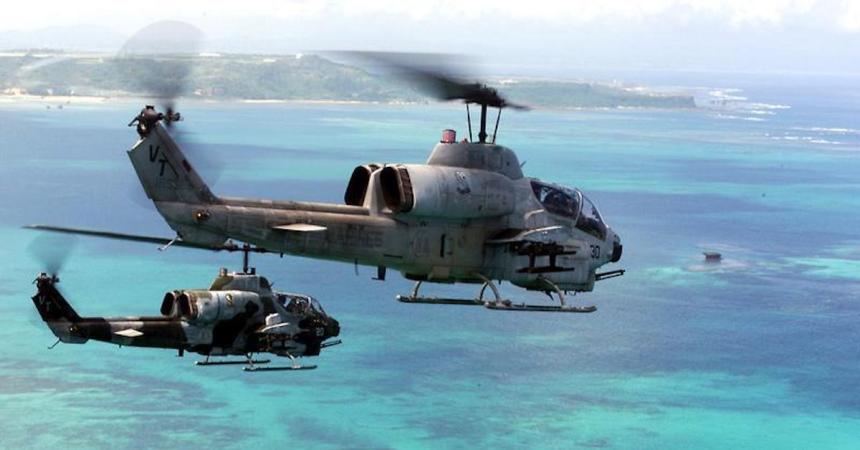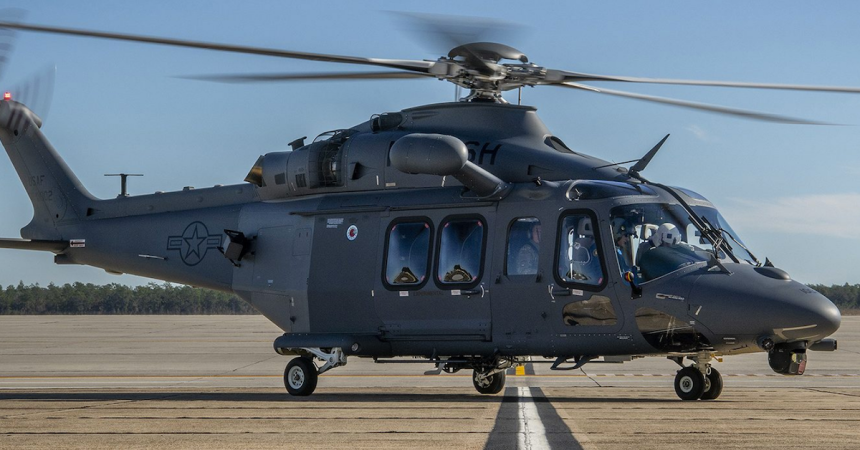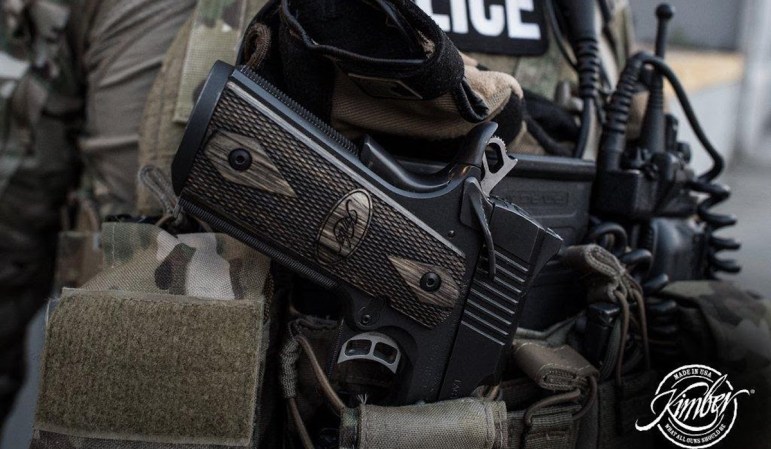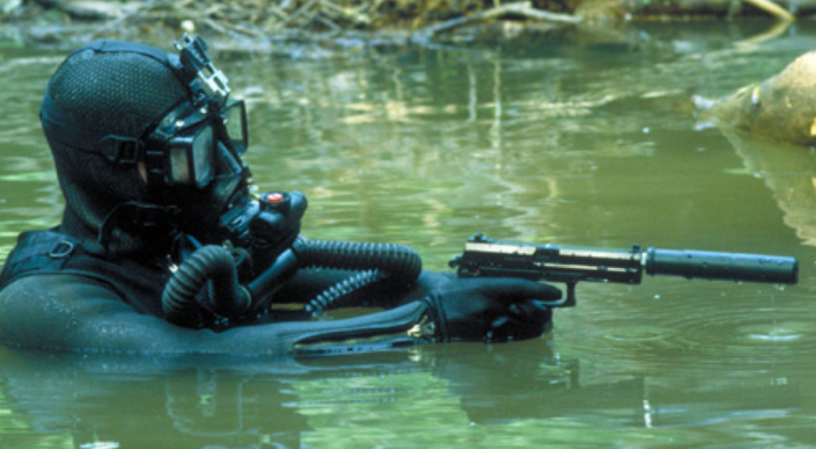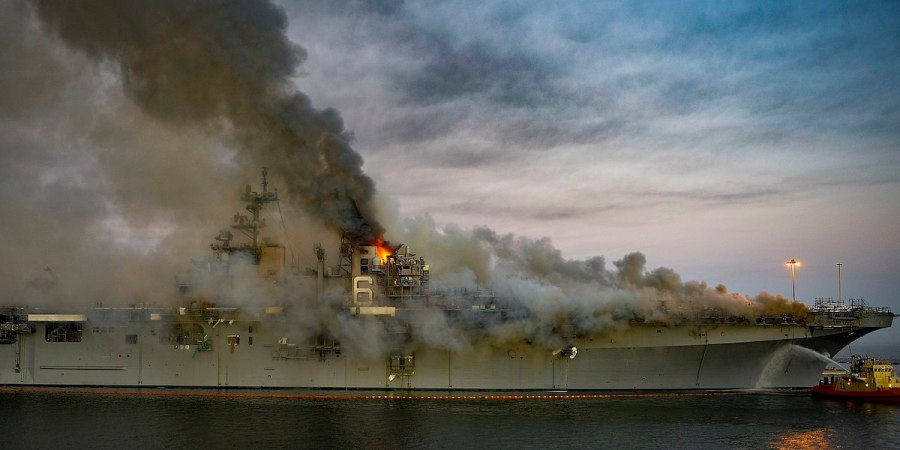Unmanned Combat Air Vehicles have been the rage lately. The Navy has been testing the X-47. Bell is offering the V-247 Vigilant for a number of missions. But one UCAV served in the active force way before drones became so popular.
Meet the QH-50 Drone Anti-Submarine Helicopter, or DASH, which entered service in 1963.
DASH was intended to give the Navy’s modified World War II Allen M. Sumner and Gearing-class destroyers a long-range anti-submarine weapon. Capable of operating up to 22 miles away from a ship, and carrying two Mk 46 anti-submarine torpedoes, DASH could kill just about any submarine in the Soviet arsenal.

With a top speed of 80 nautical miles per hour, and a range of 71 nautical miles, the QH-50 did not have a lot of endurance to hunt. It was intended to simply deliver its payload. It was small — just under 2,300 pounds — and at just under 13 feet long and with a 20-foot rotor diameter, the DASH was able to give these World War II ships a new lease on life.
That said, DASH was not without its problems. The electronics in its era were not reliable — and that is about as understated as calling Jar Jar Binks annoying. Eight out of ten airframe losses were blamed on failures of its early-1960s vintage electronics. One out of ten losses was due to “pilot error” (if such a thing is possible with a UAV), and another ten percent was due to failures in either the engines or airframe.
DASH served with the fleet for six years before it got the chop. While the official reason for the cancellation was unreliability, it should be noted that DASH was being fielded to the fleet around the time the Vietnam War escalated and was at its height. While some QH-50s were modified to serve as spotting aircraft for naval gunfire (a role later filled by the RQ-2 Pioneer), most were retired. Japan was the only other user; they kept their QH-50s operating until 1977.
DASH today is largely forgotten, but it was arguably one of the first UCAVs to see wide deployment — decades before America decided to hang AGM-114 Hellfire missiles on MQ-1 Predator drones.





